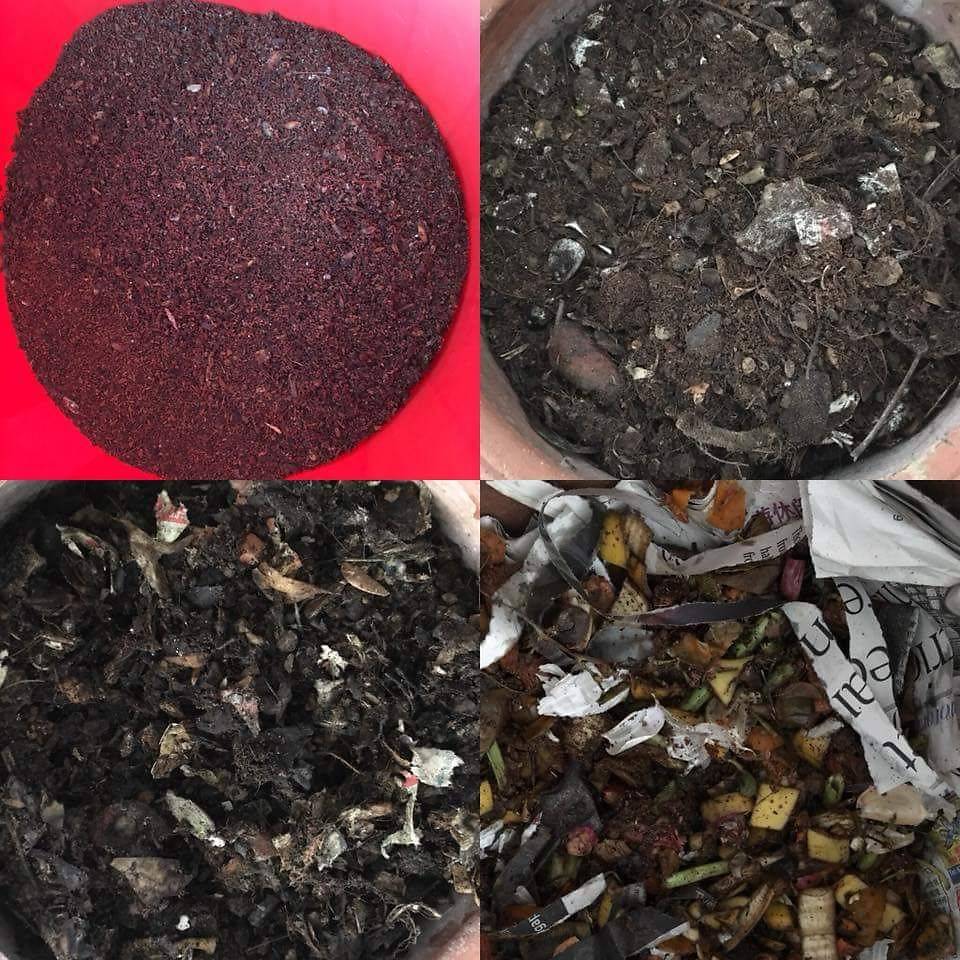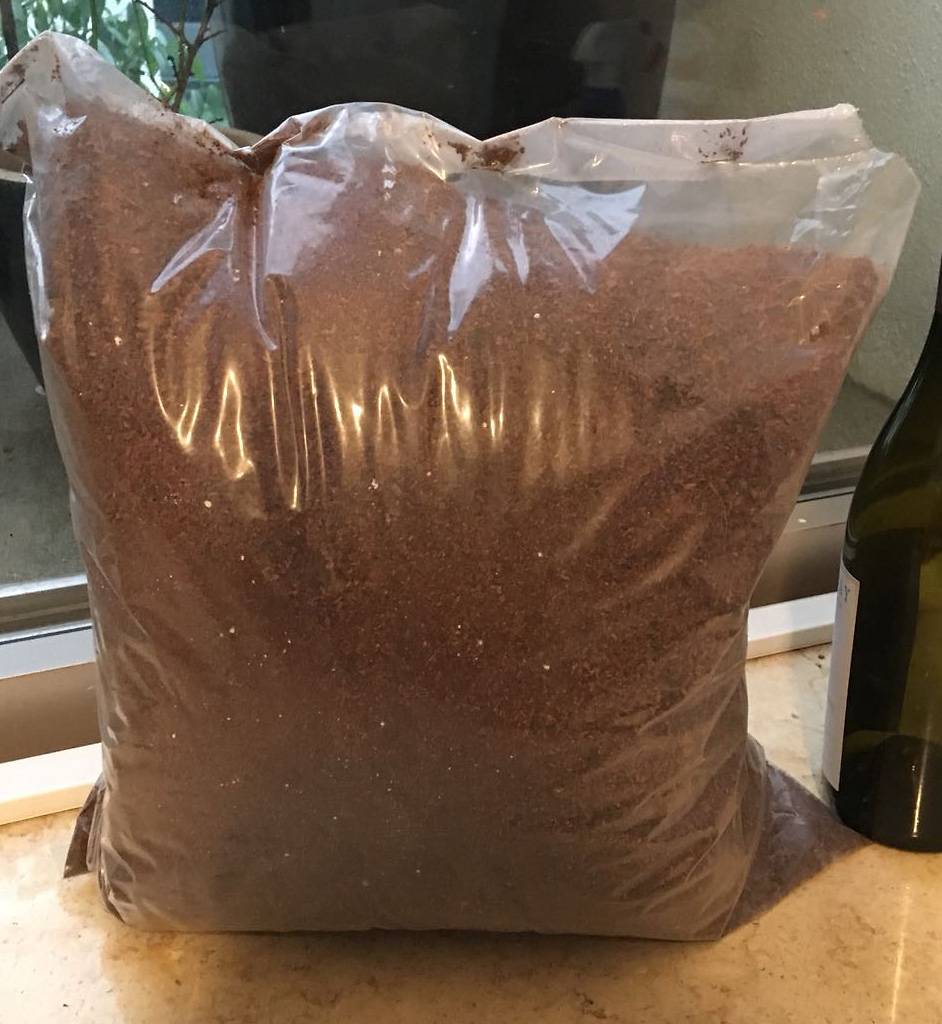SINGAPORE: During the hectic lunch hour, freelance social worker Shihui Khee’s instructions on how her food should be served can ruffle a few feathers.
“Some people behind me in the queue will say quite passive-aggressive things,” the 36-year-old told Channel NewsAsia. “Like ‘oh you’re so slow’ or ‘it’s not like I have all the time in the world’.”
It’s not that Ms Khee is a picky eater. Rather, she refuses to use disposables like plastic and styrofoam containers or paper cups when eating out or ordering takeaways. Food goes strictly into her 1l collapsible lunchbox; cold drinks into her 750ml cup.
This means taking a longer time to process her order, especially with stallholders who pre-pack their Styrofoam boxes with rice.
Still, Ms Khee is serious about reducing her waste. The “kick up my backside” was a newspaper article she read last May about how the Great Barrier Reef had been damaged beyond repair.
The Telegraph reported then that about 95 per cent of the reef suffers from bleaching, which is believed to be caused by global warming. The life cycle of disposables contributes to the emission of greenhouse gases.
According to National Environment Agency figures, Singapore generated almost 2 million tonnes of plastic and paper or cardboard waste last year, a roughly 5,000-tonne drop from 2016. However, the recycling rate of such waste also dropped by 1 per cent.
“It was just very shocking because it’s the largest reef formation in the world,” Ms Khee said of the article. “How is it possible that human actions have destroyed it within a very quick couple of decades?
“It made me realise I can think about being environmentally friendly and feel sad for the environment, but what are my concrete actions? What am I actually going to do about the situation?”
Since then, Ms Khee has steered clear of disposables. She practises this everywhere, even in fast food joints like McDonald’s and MOS Burger. The smallest details, like the wooden toothpick in a cocktail, are not spared.
Most of Ms Khee’s utensils are from home; others can be bought from household discount stores.
It started with just one set of cutlery and a water bottle. Soon Ms Khee’s inventory grew to include a lunchbox, metal straw and a cup each for hot and cold drinks. She carries these items, plus different carriers for groceries and produce, in a large bag every day.
“I’ve given up on cute girly bags that are tiny,” she said. She even brings along extra sets of cutlery when eating in a group.
As the interview progresses, it becomes clear that Ms Khee’s mission extends far beyond herself. “I would be naive to believe that me saving 170 plastic items a month is going to change the world,” she said.
“But if you think about 170 plastic items multiplied by 6 million in Singapore, then it’s decent. At least get them to be more mindful about the choices they’re making in their everyday life, and the impacts of those choices on the environment.”
That’s when she started an Instagram page documenting her meals and the amount of related waste she’s saved. @tabaogirl, which currently has close to 800 followers, has been growing “organically”.
“I feel that a lot of it is about helping people realise that global warming is real; climate change is real. And yet it has to be explained in a way that is accessible and understandable by people that may not necessarily be interested in the issue at all,” she said.
“Food is something that is very literal and key to the Singaporean psyche. So, I thought that by signposting my actions every single day, I’m this nagging presence that is not going away.”
She’s seen some success. Friends would update her whenever they tried to reduce waste, like asking colleagues not to use plastic straws. “It’s nice to see my friends change the way they behave,” she added.
ROADBLOCKS
However, not everyone is convinced. Some have approached Ms Khee to question her actions. “You think you’re very environmentally friendly?” they would ask. “Do you know that your box also needs soap and water to clean?”
Ms Khee said she would respond politely, telling them that takeaway boxes also require resources to make and leave a carbon footprint during transportation. “I just try to have a reasonable conversation with people and incite more critical thinking,” she said.
“But it’s very interesting because people judge very quickly. If I’m doing this thing, I must come from a very well-to-do family,” she added, declaring that she’s not rich “by any standards”. “My point is that if an average Jane can do this, anyone can.”
Some eateries also refuse to fill Ms Khee’s containers because of hygiene issues, or the fact that they are too big for some portions.
But Ms Khee counters by saying she’s never gotten sick doing this. As for the portions, she said doesn’t need her lunchboxes filled to the brim.
Still, some eateries are insistent, she said. This includes halal food stallholders who prefer that their serving ladles not touch her lunchbox. In this case, she apologises and backs away.
“Some sellers will say my char kway teow is so hot that it will melt the plastic in your box,” she added. “If it cannot be done, then I’d rather not eat it.”
This means that Ms Khee has had to give up some of her favourite drinks and dishes.
“I guess being different in Singapore is sometimes very challenging,” she said of her habit. “It is almost as if people don’t like being reminded that they could do more in their everyday life.”
PERSISTENCE
Nevertheless, Ms Khee is determined to stick to her cause. Last month alone, she refused about 175 pieces of disposables, comprising wooden, plastic and paper utensils.
She’s not bothered by the stares she gets when washing her utensils in public toilets, nor has she grown tired of the constant cleaning. “It’s not terribly onerous,” she said.
She’s keen to go a step further, too. She mentors youth who want to do the same. She also occasionally writes to restaurants, urging them to reduce waste.
“I don’t imagine always that I will change the mind of the restaurants,” she said. “But I’m letting the restaurants know that there’s a bunch of customers like that now. If you want to take our money, you better change your practice.”
However, Ms Khee acknowledged that in some situations, wastage cannot be avoided, like when surgeons regularly throw out their gowns to prevent contamination.
“I’m not crazy or unreasonable,” she said. “But where I’m coming from is that my everyday eating habits are well within my control. Now that I know that, will I make a choice to do something about it?”
If Ms Khee chose to do something about it while eating out, veterinarian Cassandra Ng, 27, does the same while eating in.
COMPOSTING
Ms Ng started composting at home less than a year ago after getting concerned by the sheer amount of waste that’s being produced. Singapore generated about 810,000 tonnes of food waste last year, with less than a quarter of that recycled.
After joining the Journey to Zero Waste Life in Singapore Facebook group and getting tips from one its members on how to compost, Ms Ng never looked back.
“It’s so easy,” she said, adding that the process doesn’t require daily attention. “It seems like a really good way to get into the circular economy type of thinking.”
Compost posts should be aerated and placed on a flat surface away from rain and pets. Newspaper is used as a base and to keep away fruit flies.
While most kitchen waste goes into the incinerator, Ms Ng puts hers in compost pots and fills them with remix powder, a kind of cocopeat-based, microbe-rich soil that helps breaks down the food. Worms can do the same job. This produces compost that can be used as plant fertiliser.
Ms Ng mixes up the powder and waste – which includes egg shells, fruit skins, rice and pasta – every weekend, before sieving out good compost every four weeks. This way, she generates almost zero food waste from the four meals she has at home every week.
Ms Ng’s waste takes longer to break down because she doesn’t add microbes to her pile.

The remix powder helps break down food waste (bottom right) into good compost (top left). (Photo: Zelizzel Ng)
“It’s not anything more than you would do on a regular basis,” she said, pointing out that her pots are conveniently placed near the kitchen. “Instead of putting it in the bin, you put it in the compost.”
MISCONCEPTIONS
But doesn’t the rotting food stink up the house? This is the question Ms Ng, who lives with her boyfriend in a condominium, usually gets. Even her boyfriend had reservations. Others have asked if she adds faeces into the pile.
“People have this conception that you’re going to have lots of cockroaches, flies and disgusting things everywhere, but it’s not the case,” Ms Ng said, adding there’s a slight smell but it doesn’t stink up her home.

A bag of remix powder. (Photo: Cassandra Ng)
However, Ms Ng admitted that she does not add meat to her pile. While such waste can stink and attract pests, it is possible to compost meat with ample layering and frequent mixing.
Composting doesn’t require a lot of space either, Ms Ng said, adding that she places some of her pots on top of her air-conditioning units. Housing and Development Board staircase landings are possible locations too, she added.
When it comes to cost, Ms Ng said it’s usually a one-time purchase. Her compost pot and two 5kg bags of remix powder cost S$150.
THE CASE AGAINST PLASTIC BAGS
Because composting is not a hassle, Ms Ng said it is a “very good” argument against those who say they need plastic bags to bag up their food waste.
Even then, Ms Ng said many items already come in plastic packaging that can be used for the trash. “Loads of things come with bags and it’s something you can’t escape. Why not use that instead?” she asked. “We’re just such a wasteful society in general.”
Ms Ng uses the compost as fertiliser for her ornamental plants. (Photo: Zelizzel Ng)
To that end, Ms Ng urged more people to try composting. “It’s really not that much of an effort,” she said. “Everybody wants to think they’re doing their small part; makes them feel good about themselves at the same time.”
When it comes to ditching disposables, Ms Khee advised to start small. “If it’s bringing out a water bottle, that’s great,” she said. “Once you get the hang of it, try something else.”
Ms Ng added: “People don’t realise that little steps can really make a big difference.”




